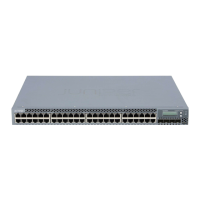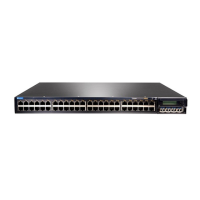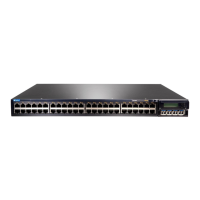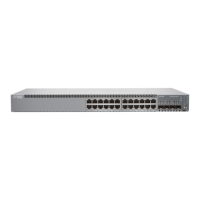When the selected test cases are executed, the final result and the recommended
action is displayed.
If there is a cable fault, the port troubleshooter displays details and the recommended
action. For example, the cable must be replaced.
If the port configuration needs to be modified, the port troubleshooter displays details
and the recommended action.
Related
Documentation
Monitoring Interface Status and Traffic on page 233•
• Configuring Gigabit Ethernet Interfaces (J-Web Procedure) on page 35
• Configuring Gigabit Ethernet Interfaces (CLI Procedure)
• Configuring Gigabit Ethernet Interfaces (CLI Procedure) on page 32
• Connecting and Configuring an EX Series Switch (CLI Procedure)
• Connecting and Configuring an EX Series Switch (J-Web Procedure)
Troubleshooting Unicast RPF
Troubleshooting issues for unicast reverse-path forwarding (RPF) on EX Series switches
include:
1.
Legitimate Packets Are Discarded on page 331
Legitimate Packets Are Discarded
Problem Description: The switch filters valid packets from legitimate sources, which results in the
switch's discarding packets that should be forwarded.
Solution The interface or interfaces on which legitimate packets are discarded are asymmetrically
routed interfaces. An asymmetrically routed interface uses different paths to send and
receive packets between the source and the destination, so the interface that receives
a packet is not the same interface the switch uses to reply to the packet's source.
Unicast RPF works properly only on symmetrically routed interfaces. A symmetrically
routed interface is an interface that uses the same route in both directions between the
source and the destination. Unicast RPF filters packets by checking the forwarding table
for the best return path to the source of an incoming packet. If the best return path uses
the same interface as the interface that received the packet, the switch forwards the
packet. If the best return path uses a different interface than the interface that received
the packet, the switch discards the packet.
331Copyright © 2015, Juniper Networks, Inc.
Chapter 6: Troubleshooting Procedures
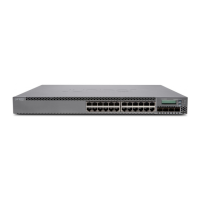
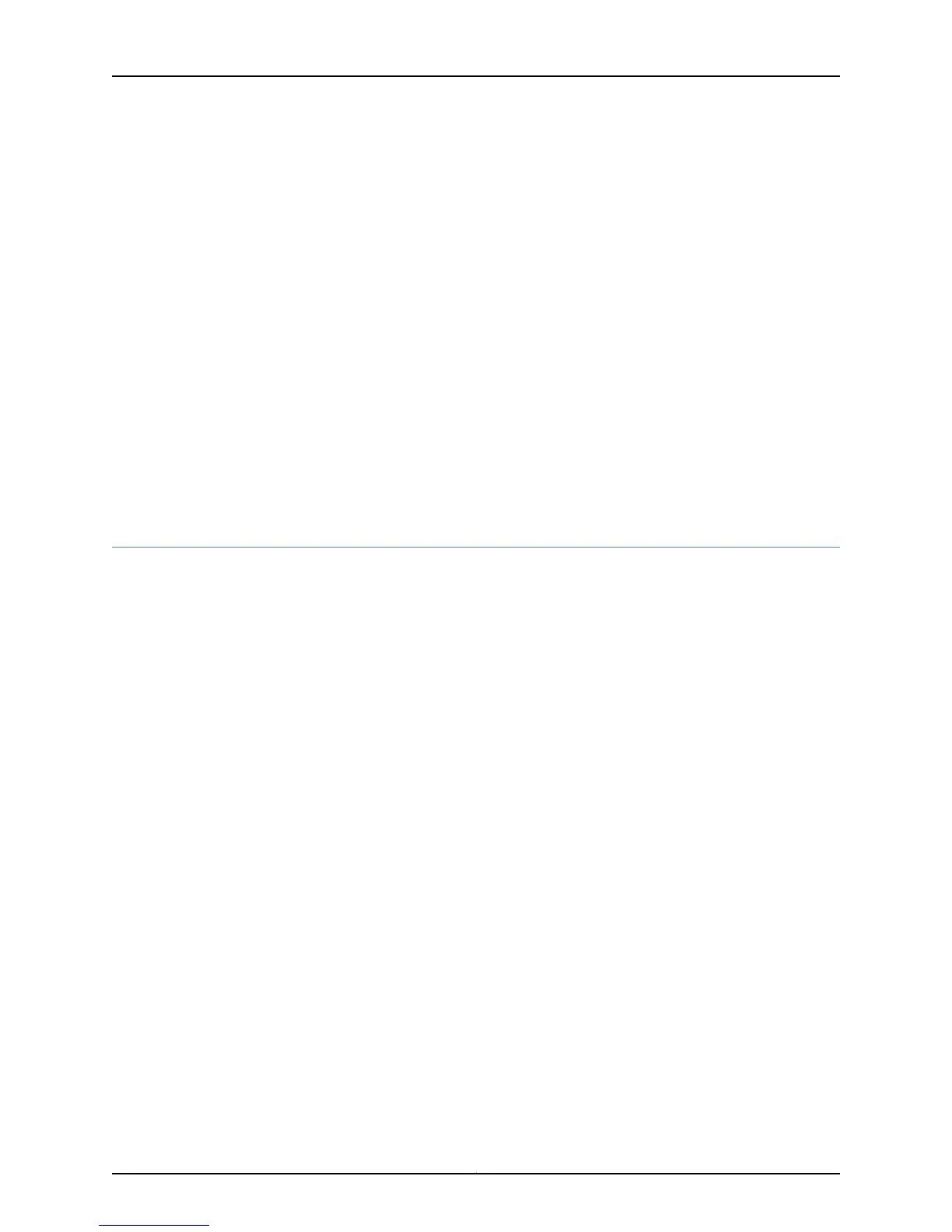